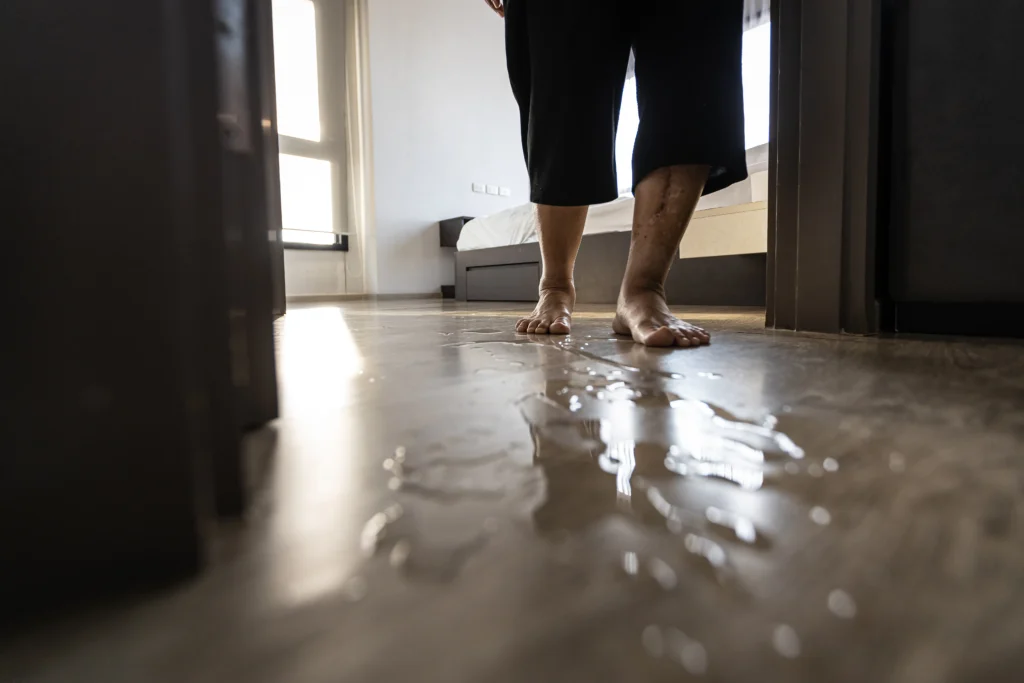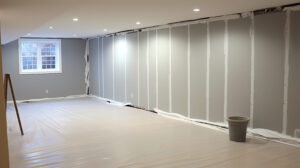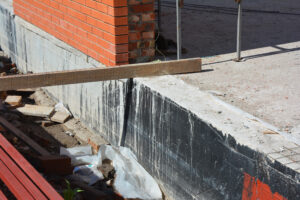Waterproofing is a very important part of any construction project. The main reason behind this is that it helps against water damage.
As we all know, buildings are vulnerable to moisture infiltration, which can cause significant damage like structural weakening, mold growth, and costly repairs in the future.
Lucky for you, these issues do not have to be a cause for alarm because numerous techniques provide effective and long-lasting solutions.
This article looks at the best methods you can implement to make sure that your building remains protected against water damage, offering peace of mind for years to come.

Does your basement need waterproofing?
Liquid Waterproofing Membranes
Applied as a liquid coating, this membrane forms a seamless and flexible barrier that adheres to the surface. This creates an impermeable layer that helps prevent water penetration. The membrane is quite flexible, which enables it to adapt to various shapes and irregular surfaces. This attribute makes it ideal for both horizontal and vertical applications. Materials commonly used here include polyurethane and acrylic-based membranes. They offer excellent resistance to weathering, UV radiation, and temperature changes. This method is mostly used for roofs, balconies, basements, and other areas that could be exposed to the elements. This ensures durable and long-term protection against water damage.
Cementitious Waterproofing
This waterproofing solution is made from a mix of cement-based compounds. It is quite easy to apply, making it a common method for structures like water tanks, dams, basements, and sewage systems. After application, the coating hardens, creating a rigid and impermeable barrier that blocks water from penetrating surfaces. Although this technique lacks flexibility compared to other contemporary methods, its durability and resistance to moisture make it ideal for environments that require constant protection from water. Since it bonds quite well to concrete and masonry, this solution is cost-effective and efficient for safeguarding structures against damage.
Bituminous Coating
If you are looking for durable and long-lasting protection, then you definitely have to consider bituminous coating. It is mostly quite useful for below-grade applications. It is made from asphalt or coal tar and ends up creating a thick tar-like coating that is highly effective for preventing moisture from penetrating foundations, basements, and other structures. Its resilience makes it ideal for areas that are constantly exposed to dampness or groundwater. Although it creates a solid structure, this coating is sensitive to UV exposure and extreme temperature changes. Due to this, it is recommended that this form of coating is only used in areas shielded from direct sunlight or paired with protective layers.
Green Roofing Systems
Green roofing systems combine advanced waterproof membranes with layers of vegetation and soil, creating a natural and eco-friendly cover for roofs. The membrane comes in handy because it is the one that actually prevents infiltration. On its part, the vegetative cover helps manage rainwater, minimize runoff, and improve insulation. These roofs also contribute to energy efficiency by ensuring that the building remains cooler in the summer and warmer in the winter months. They also mitigate urban heat island effects and improve air quality. Although they are quite hard to install and maintain, these roofing systems offer a durable and multi-functional solution that promotes structural integrity and environmental advantages.
Sheet Membrane Systems
These pre-formed and durable layers of waterproofing material are a highly reliable modern technique. They are usually made from rubber, PVC, or asphalt-based compounds. They are then installed in large sheets to create a continuous water-resistant barrier. Since they create a thick and strong structure, they are mainly used in areas like flat roofs, balconies, terraces, and foundational walls. Since they are pre-manufactured, these membranes provide uniform waterproofing. Through this, they are able to minimize the risk of weak spots. For the best possible results, they have to be properly installed, especially at the seams, to ensure the integrity of the barrier. Once installed properly, these systems offer excellent protection against moisture infiltration, weathering, and UV damage. This makes them perfect for large-scale constructions.
Waterproofing solutions have evolved greatly. Now, the market has so many options that ensure long-lasting protection. This article has explained a couple of things, such as liquid membranes, bituminous coating, and sheet systems, among many others. Your choice will greatly depend on your kind of structure and the results you are looking for. Each has its own advantages and disadvantages, so be sure to choose wisely. For the best possible choice, be sure to involve experts. They have the needed knowledge and skills to suggest the best technique based on your current problem.



